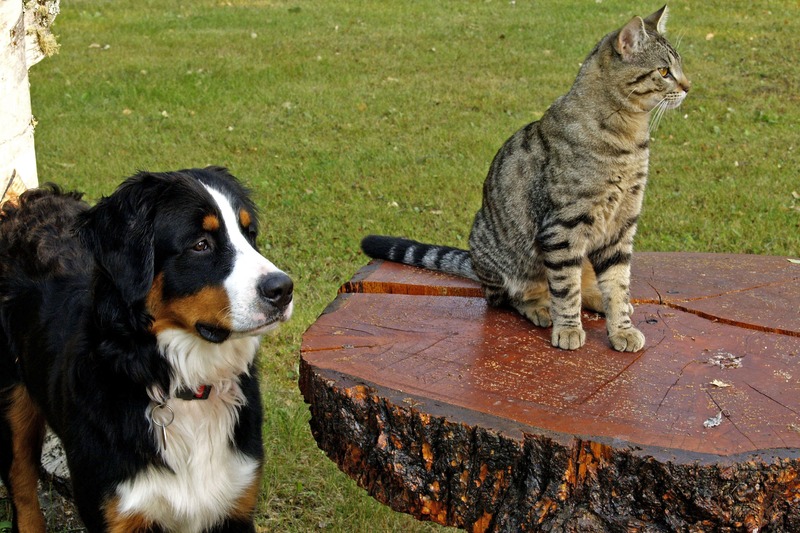Moving to a new home may be exciting for you, but, if you happen to be moving a furry friend (or two) with you as well, it can potentially be a very stressful occasion for your pet. When they move to an unfamiliar place, it creates a feeling of anxiety and fear that could make them behave abnormally. To prevent this, you can use the following tips to minimize stress from the day you move until your pet fully adjusts to your new abode.
Protect Your Pet from Stress on Moving Day

Before you move, familiarize your pet with their carrier and your car. For a cat, put the carrier out and line it with a blanket or similar rages for maximum comfort. Additionally, you can put some treats inside for your cat to nibble on during transport.
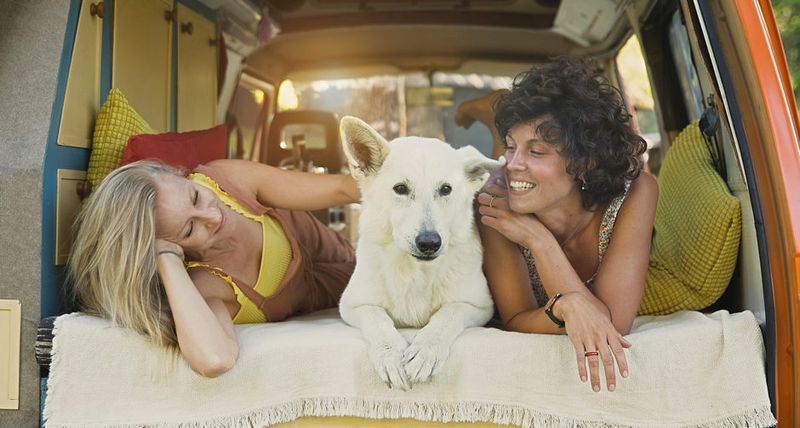
Do this a few weeks before the date of the move until it starts to feel comfortable in the carrier, you can even take the cat for a drive, whilst inside, to get a feel for the journey. For your canine friend, you can also take the dog to your future home and neighborhood, before the move. If this is not possible, you can bring something from the new home to help familiarize the animal to the new place.
Be Mindful of Your Pet During the Adjustment
Normally, you will spend time playing with your pet when you are in your home. But the problem with moving is that settling down after the move can be overwhelming. It takes a lot of attention to put all the things in their proper place.
This is why you have to make a conscious effort to take your dog for a walk or spend time playing with your cat. Committing yourself to spend quality time with it daily will help to reduce the stress and anxiety they’ll feel after moving and during the adjustment process.
Consider a Pet-Friendly Decor
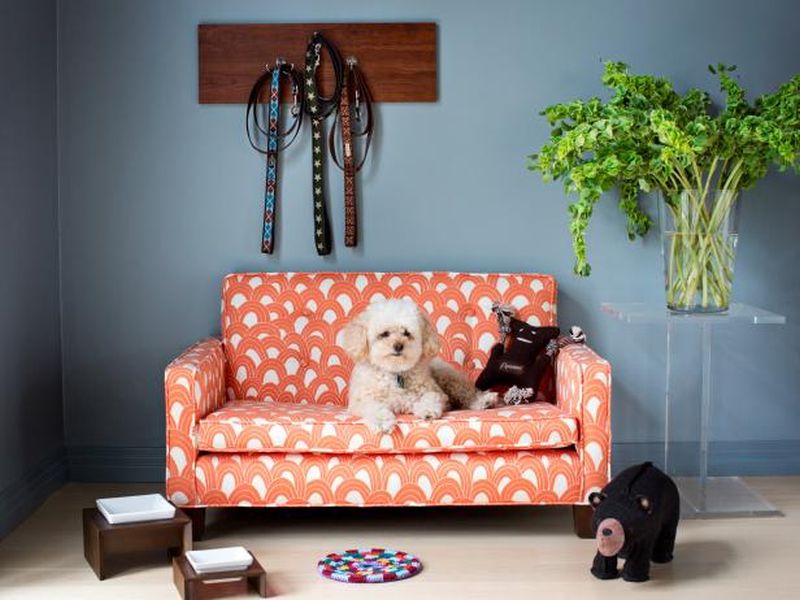
Keep your new home decor pet-friendly to prevent them from biting and eating things like wires, furniture, clothes and plants that are not healthy or safe for them. If you have cats in your home, it’s a good idea to be aware of and keep cat-safe plant varieties (for more information go to Jim’s Mowing) .
Examples of cat-friendly plants include areca palm, sword fern, spider plant, and staghorn fern. In addition, you should set up a pet area (or mudroom) close to your entrance. This way you can ensure that the outdoor activities (along with all its resulting effects) remain isolated to that one area of the home.
Leave Treats and Familiar Things When You Leave the House

In a new home, pets that have been very comfortable in a familiar environment may suddenly get anxious when you leave the house. It is better to delay leaving the pet alone at home for as long as you possibly can.
When it comes time for you to leave, consider leaving them occupied with something that your furry friend loves. You can leave a treat, or perhaps a new toy to chew on and any things that the animal might be fond or familiar from your old home.
Keep up With Old Daily Routines
Another way to reduce the stressful effect of moving on your pets is by keeping old routines. If it gets up in the morning, goes into the yard, eats breakfast and then goes for a walk, follow the same routine in the new location. If you need to modify things a bit because you have a new job, keep the old routine for about two or three weeks. After your dog gets used to the new place, it will adapt to changes with ease.
Retain Old Items

To help your pet adapt to your new home easily, resist the urge to buy new gear immediately. Retain most of your old furniture, towels, trash cans and your pet’s beddings, toys, eating bowls, etc. for the first few weeks until it has settled down. While you may feel that a new place requires all new things for your pet, sticking with the older items can bring a lot of comfort to it. Even if you have to buy new things for them, start with toys and things to play with and retain the regular gear for a while.
Staying Put and Being Attentive
For the first few days after you move, your pet may not come to grips with the fact that they are in a new home. So you’re bound to notice some level of anxiety. You can reduce their fear by staying with them so they don’t feel lonely and scared in a strange environment. If you have to leave the house, ensure that you find someone your pet knows to keep them company while you are out.
Give Your Pet Time to Adjust
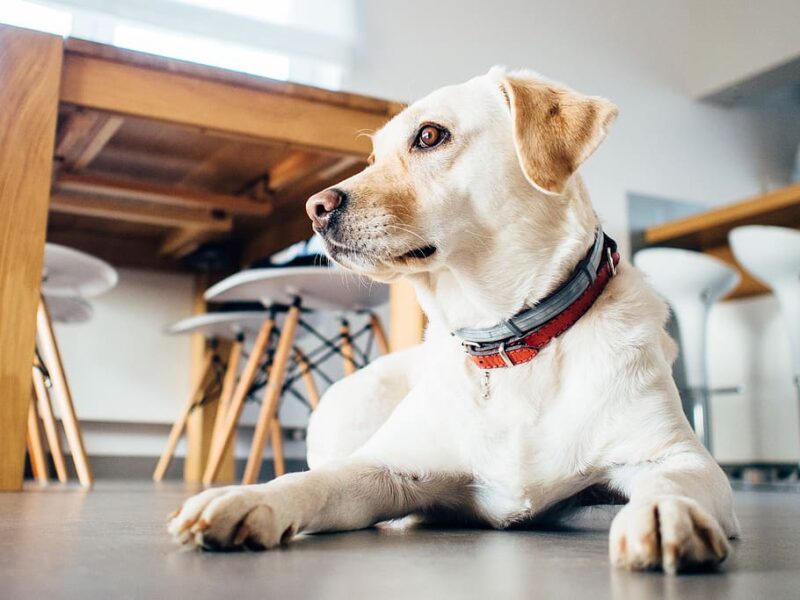
Be as patient as you can and allow your pet to adjust to the new environment at their own pace. Some of them will be comfortable within a week while others may need a whole month to completely adapt to the change in environment. Whether your pet is quick to adjust or not, your patience will be extremely valuable during the process. Your calmness is more likely to help it feel more comfortable within a short time. Also, be more mindful during this transition and try to avoid acting harshly if you notice that your pet is misbehaving.
Find a New Vet Nearby
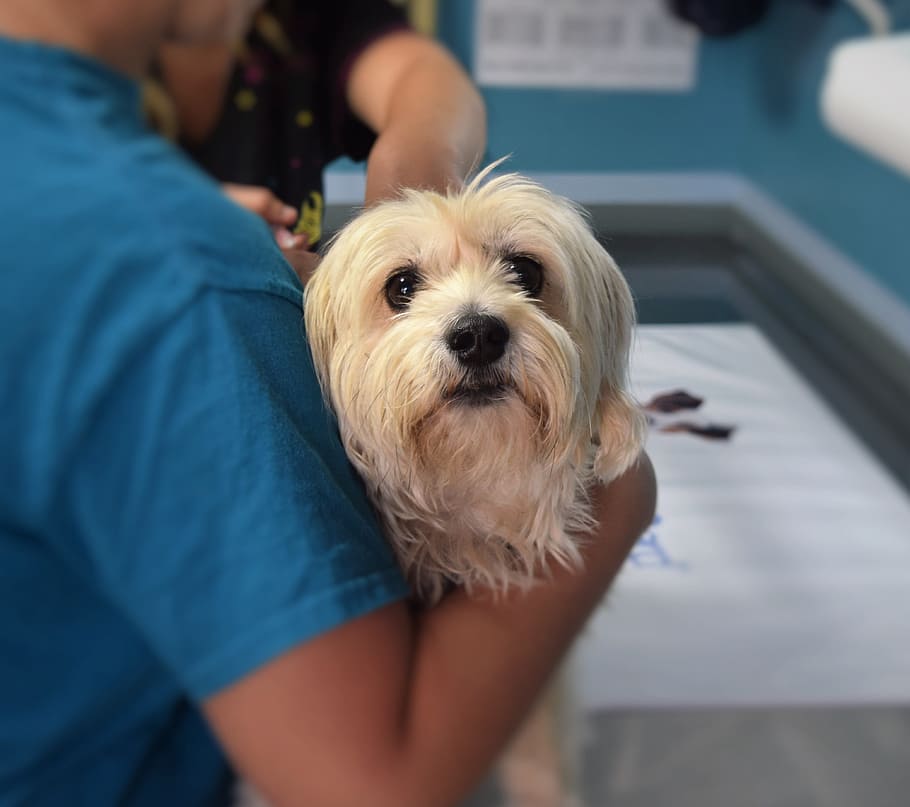
If your new home is very far from your old vet, it is essential to take your pet to visit your new vet as quickly as possible. This process of familiarization will make it easy for your little firend to cooperate and receive treatment should they need to be taken there for any reason in the future. If your pet develops extreme phobia or acts very badly after you move, your new vet can administer medication to your dog or cat if it is necessary.
Leave Your Scent
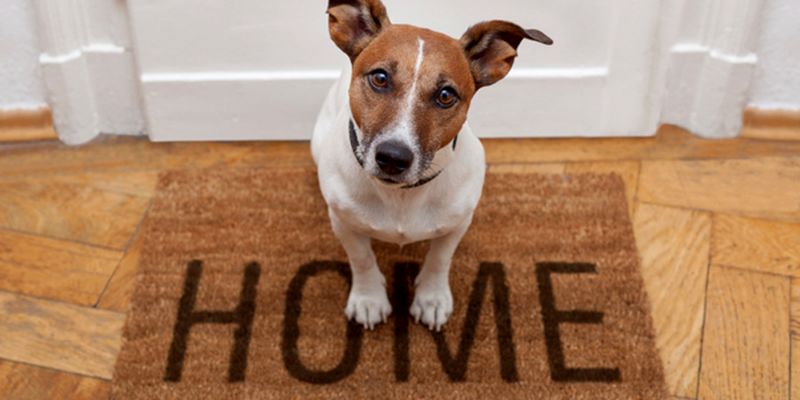
Leaving your scent with your pet (especially your dog) can give them the assurance that you are not far away. The best way to do this is to play with your pet on the floor. This will remind them that you are around and also improve their mood. You may even leave your pillow, blanket or one of your clothes with it, keeping your scent ever-present during the periods you’ll be away.
Moving house is an exciting and often stressful period in our lives and if animals are involved in the equation, it is no easier for them. By applying some of the ideas listed above you can ensure that this transitional period in your pet’s life is handled in the best possible and least stressful way. And remember, any change requires a period of adjustment, and much like you, your pet will take a little bit of time before settling into your new home.


